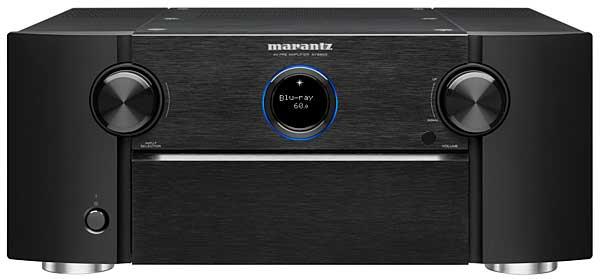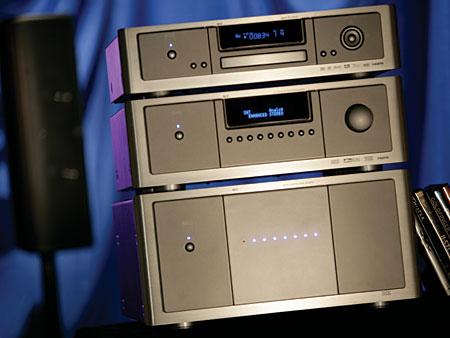Surround Processor Reviews
Sort By: Post DateTitle Publish Date
|
Nov 07, 2001 |
First Published: Nov 08, 2001 |
|
Dec 07, 2001 |
|
Jul 14, 2003 |
First Published: Jul 15, 2003 |
|
Jan 31, 2024 |
|
Apr 04, 2011 |
|
Oct 13, 2008 |
|
Feb 20, 2013 |
|
May 21, 2015 |
|
Nov 07, 2018 |
|
Jun 11, 2002 |
First Published: Jun 12, 2002 |
|
May 01, 2005 |
First Published: May 17, 2005 |
|
Oct 21, 2020 |
|
May 15, 2019 |
|
Jan 26, 2007 |




















